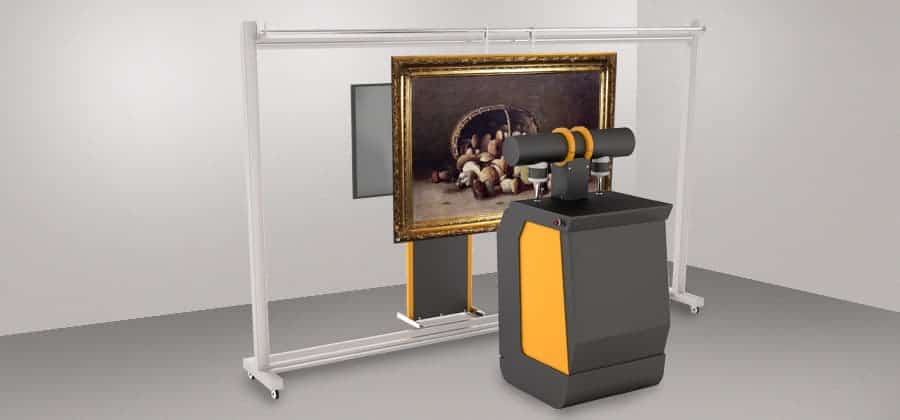
Manston-based firm ADANI Ltd, which manufactures and supplies X-ray technology, is teaming up with industry experts to develop a scanner designed to screen art, in the hope of finding history’s secret images.
The success of the development has been proven at the National Art Museum of the Republic of Belarus. ADANI built the venue a unique scanner to order and specialists discovered hidden images behind existing art work.
Compared to ultraviolet and infrared light, X-rays have far more energy and so much shorter wavelengths (less than 10 nm). This high energy enables X-rays to penetrate materials at varying degrees, generating an image that corresponds to an object’s density and composition.
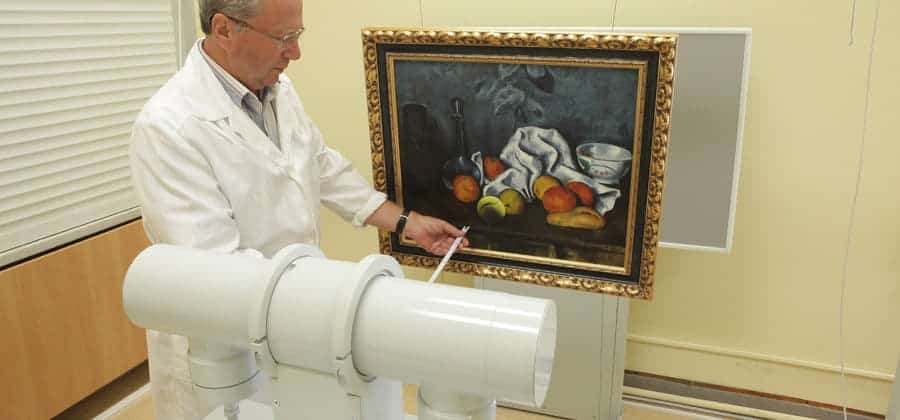
X-radiography can provide useful information relating to an artwork’s condition and construction and can reveal compositional changes as well as hidden images beneath visible paint layers.
Technical examination of paintings can provide information about materials and techniques used by artists. It may also reveal the extent of old damage on the painting now concealed by past restoration. Information of this kind can be valuable to conservators when carrying out research before undertaking treatments on paintings.
It can also supply important art historical facts that can identify artists, assist in dating and help to uncover forgeries.
X-radiography can show the different elements of a painting, from the canvas or panel it is painted on, to the top paint layer.
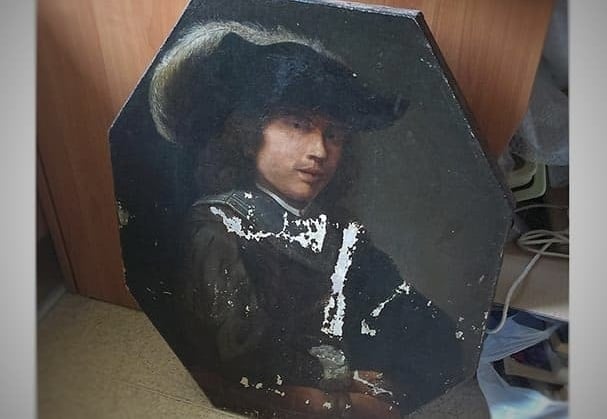
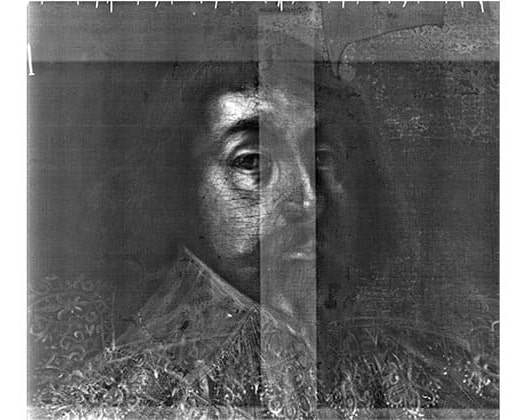
Jim Hardy, Business Development Manager for ADANI’s NDT innovative solutions, said: “It’s apparent that many galleries around the world have to take their fine art to hospitals to use medical equipment, inherently unsuited to the task of analysis and inspection of such works.
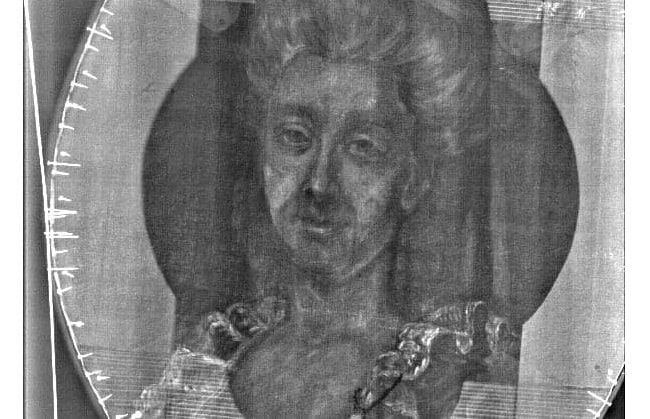
“Taking advantage of our 30 year industry experience, means we can create a bespoke, portable, in-house solution far more capable, with greater flexibility and utility. This means having the ability to give the conservator essential information on the composition of paint, underlying damage and revealing any previous uses of the canvas, as often canvasses were re-used. All this history can be revealed without any damage to the work, enhancing conservation efforts and unveiling unseen secrets beneath the visible upper layer of a painting to the historian.”
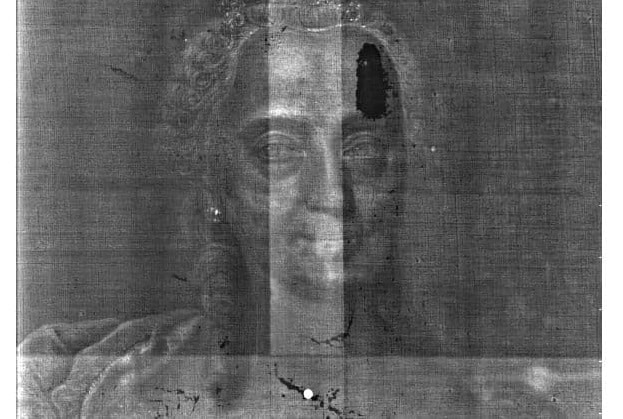
ADANI Ltd would like to hear from anyone in the art sector to discuss how this technology can help with art inspection.
Rob Keeler, Managing Director of ADANI Ltd, said: “This is where we shine, analysing the market, understanding what is missing and how we improve technology and quality of life by providing innovative solutions.
“ A large part of our history is hidden in art, and this needs to be discovered, understood and protected.”
If you think you have information that could help ADANI Ltd to apply this technology in the UK market, contact the team on 0 333 577 9813 or email [email protected]

